31 Notable Businesses That Have Filed Bankruptcy

Large and small businesses can face financial hardship for many reasons, including poor management decisions, economic downturns, or unforeseen circumstances. Here are 31 companies that may surprise you with their tales of financial struggle, as they each faced bankruptcy at least once in their history.
1. General Motors:
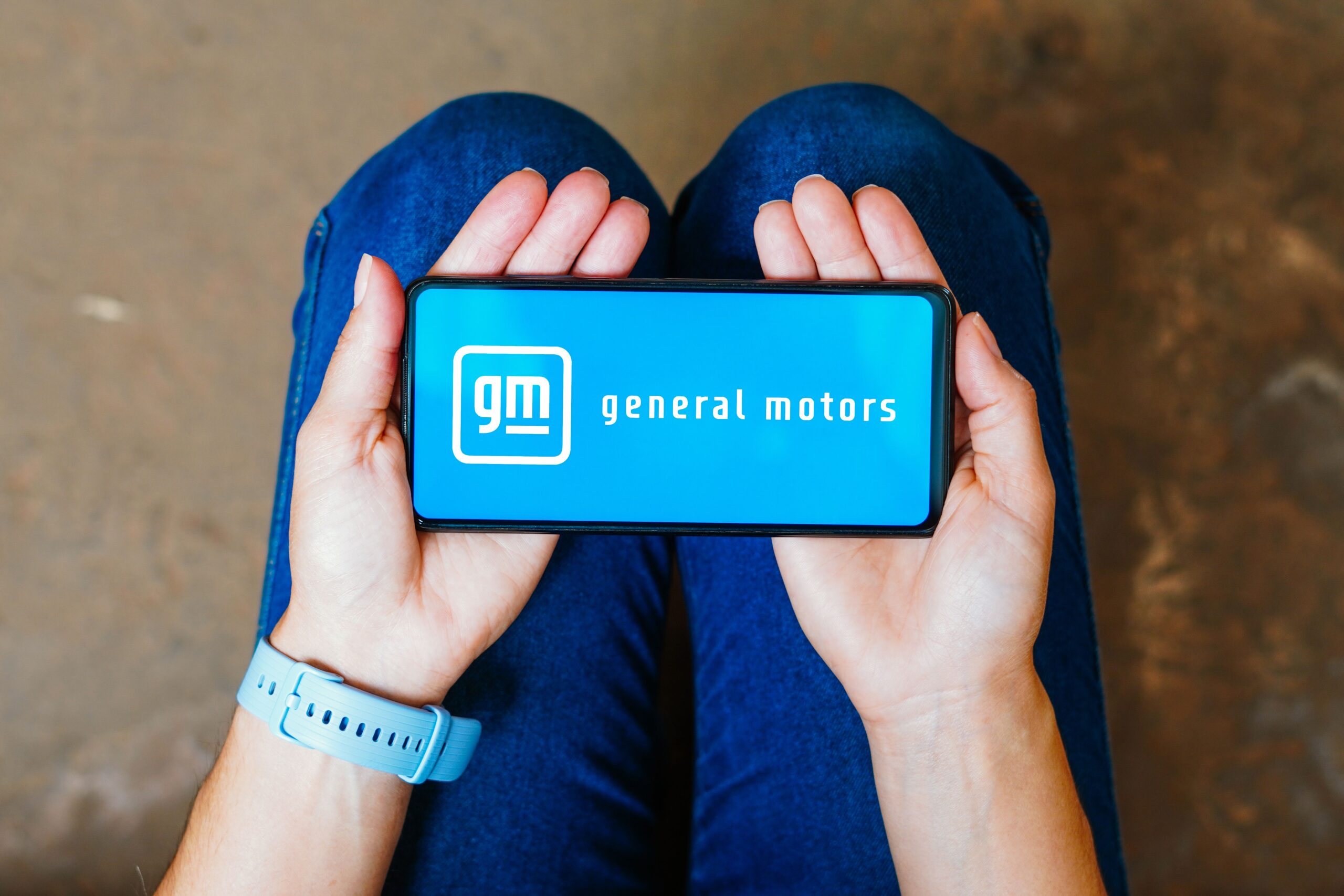
This iconic American automotive giant filed for Chapter 11 bankruptcy in 2009 following the global financial crisis. After a massive restructuring and bailout from the U.S. government, G.M. emerged stronger and is still a key player in the auto industry today.
2. Chrysler:

The automotive industry faced severe challenges in the late 2000s, and Chrysler was not spared. It filed for bankruptcy in 2009, restructured, and later merged with Italian automaker Fiat.
3. United Airlines:

United filed for bankruptcy in 2002 after suffering from a slump in air travel due to the 9/11 attacks. It emerged from bankruptcy in 2006 after an extensive restructuring.
4. Delta Airlines:
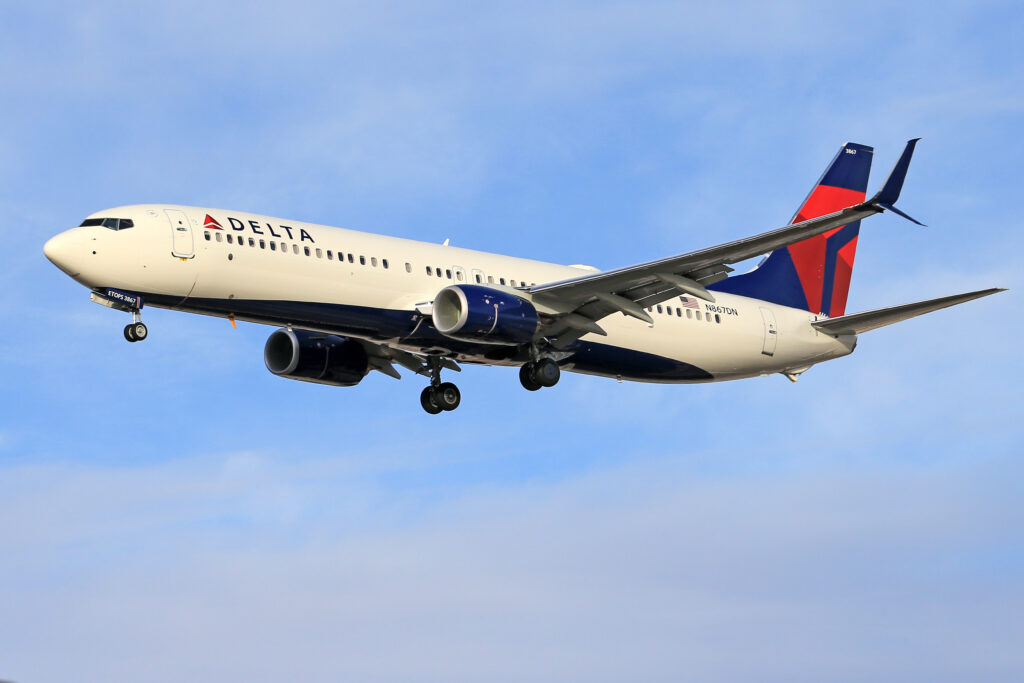
Delta followed United into bankruptcy in 2005, primarily due to high fuel prices and intense competition. It emerged stronger in 2007, later acquiring Northwest Airlines.
5. American Airlines:
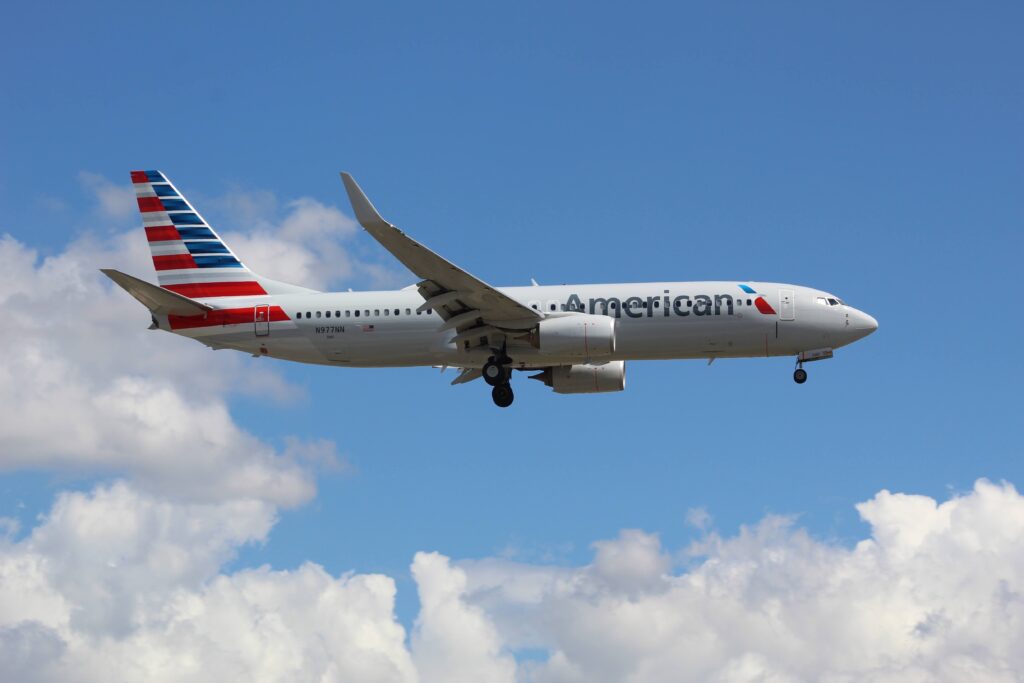
American Airlines was the third major U.S. airline to file for bankruptcy in 2011. After restructuring, it merged with U.S. Airways in 2013 to form the world’s largest airline.
6. Marvel Entertainment:

Before becoming a dominant force in entertainment, Marvel filed for bankruptcy in 1996 due to a slump in comic book sales. It emerged in 1997 and was later acquired by Disney in 2009.
7. Texaco:
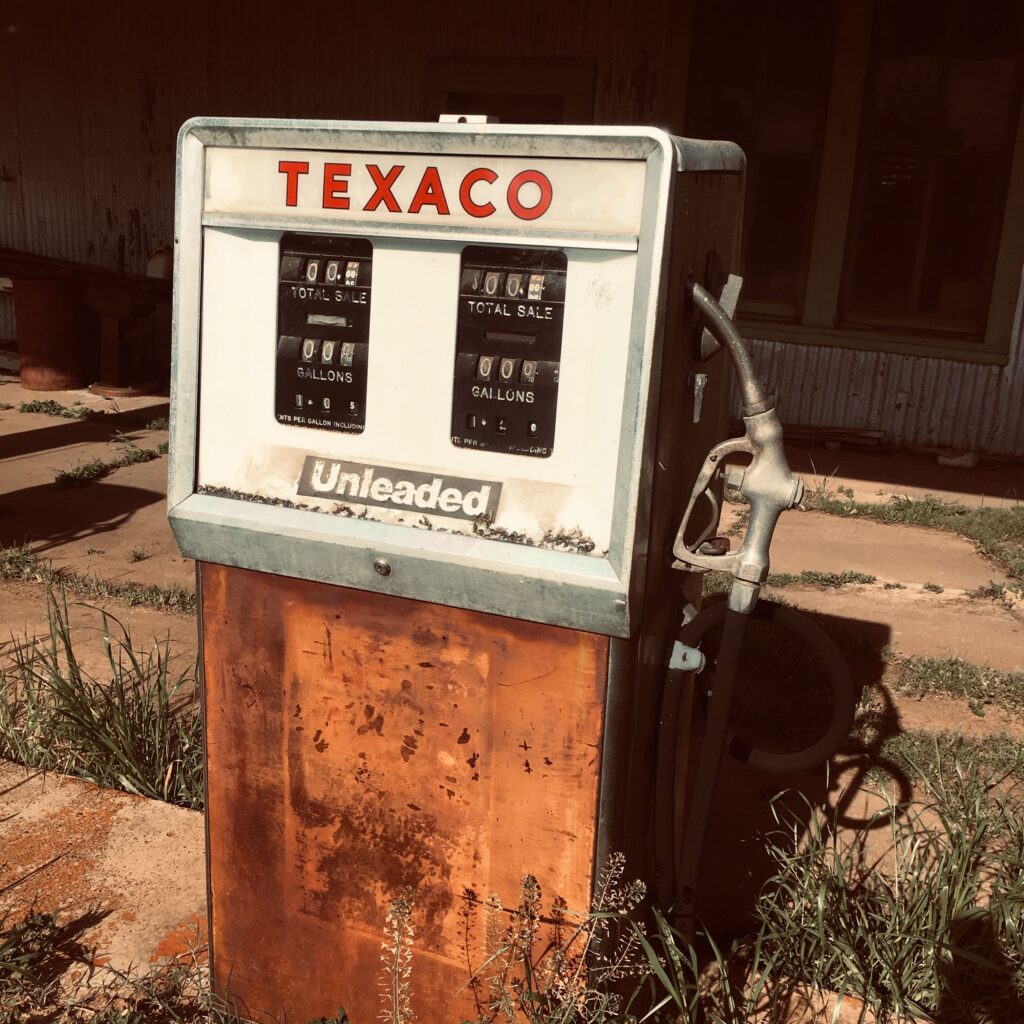
In 1987, Texaco filed for bankruptcy following a legal dispute with Pennzoil. It emerged from bankruptcy in 1988 and later merged with Chevron.
8. Six Flags:

The theme park operator filed for bankruptcy in 2009 due to a debt load of $2.4 billion. It emerged from bankruptcy in 2010 and continues to operate parks nationwide.
9. Toys “R” Us:
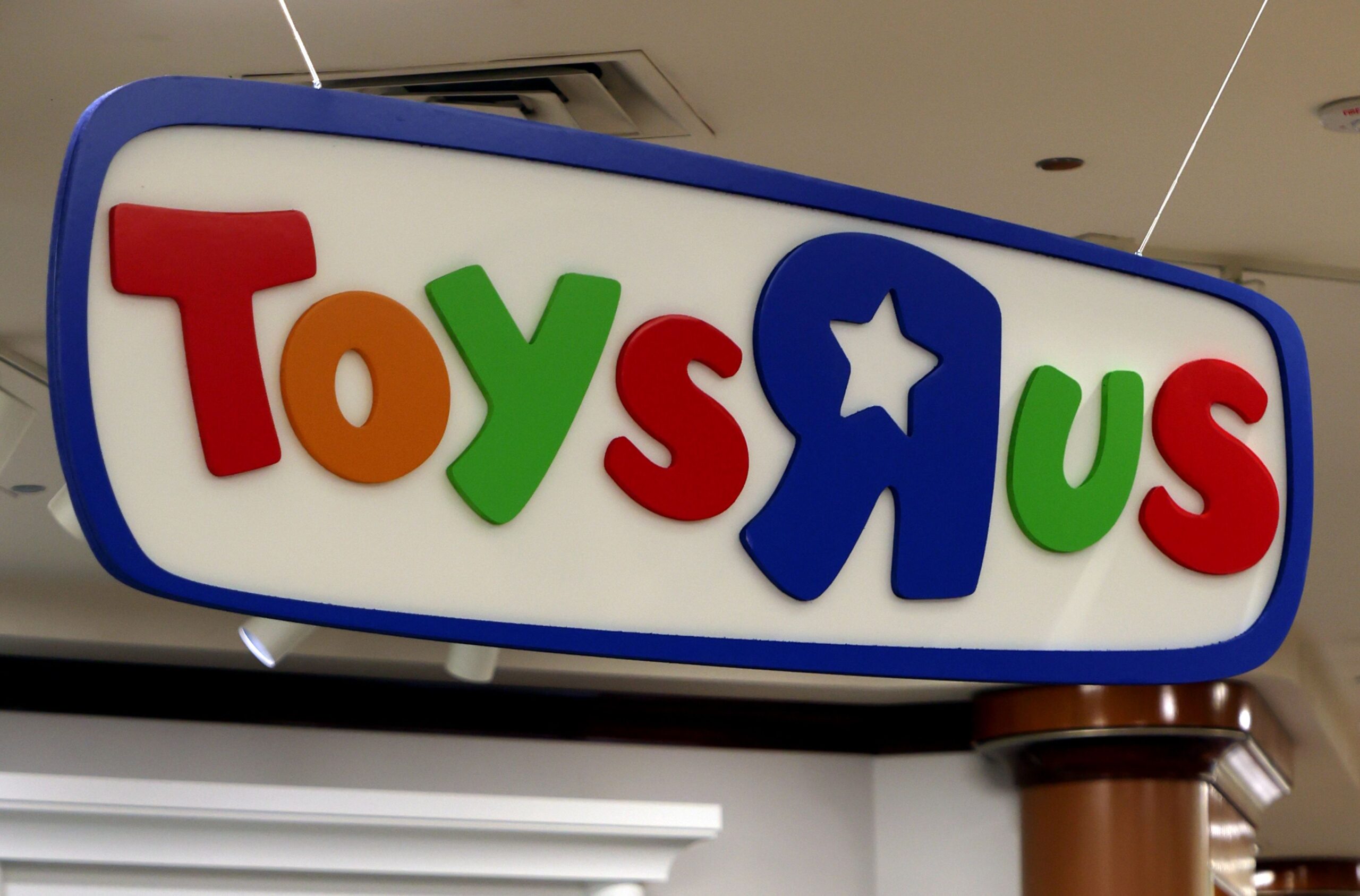
This beloved toy retailer filed for bankruptcy in 2017 due to mounting debt and increased competition from online retailers. Despite its attempt to restructure, it liquidated its U.S. operations in 2018.
10. Polaroid:

In 2001, the instant photography pioneer filed for bankruptcy as digital photography started to dominate. It emerged in 2005, focusing on digital products and licensing its brand.
11. Kodak:
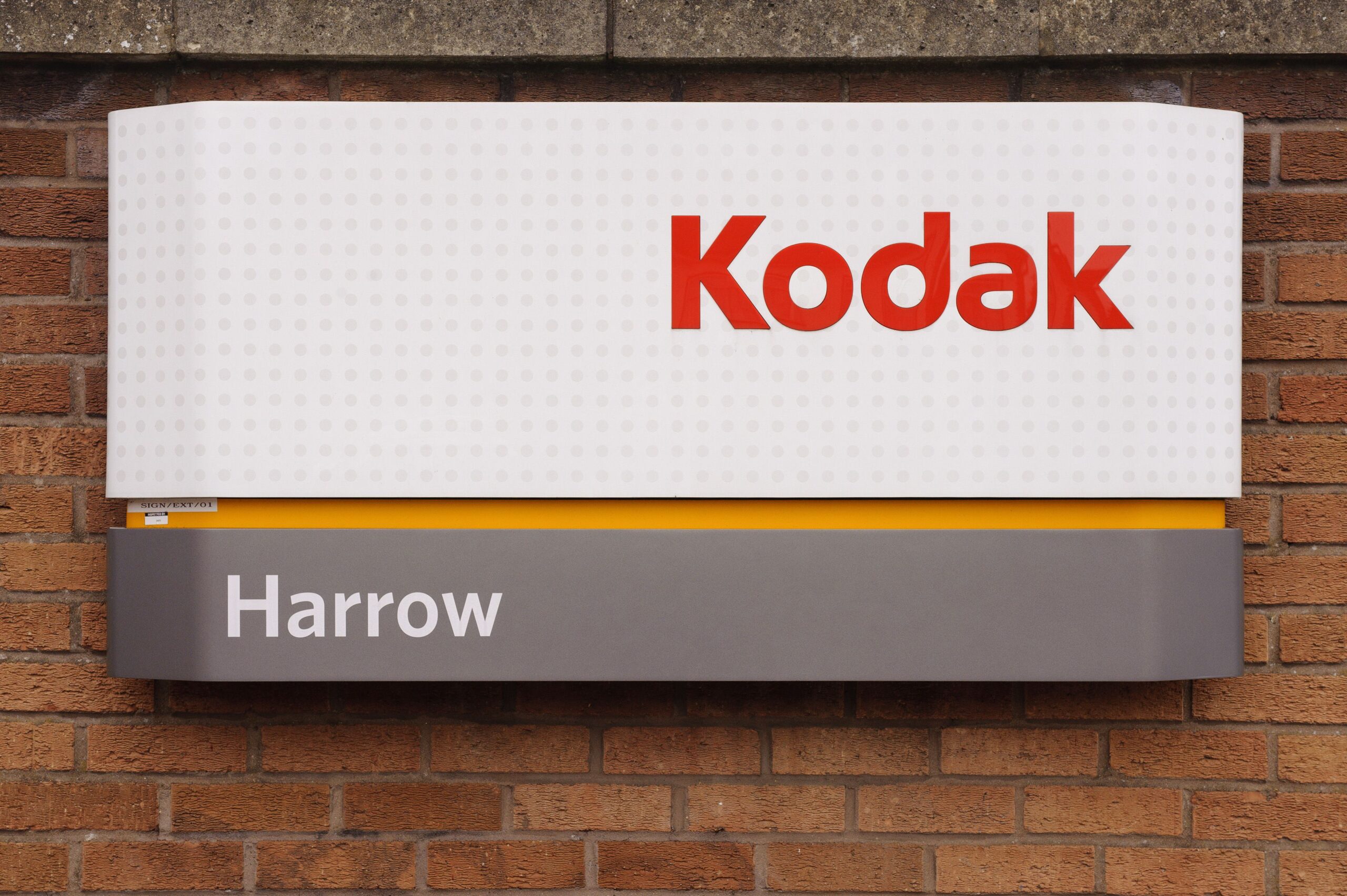
Another victim of the digital photography revolution, Kodak filed for bankruptcy in 2012. It emerged in 2013, focusing on printing and imaging services for businesses.
12. Circuit City:
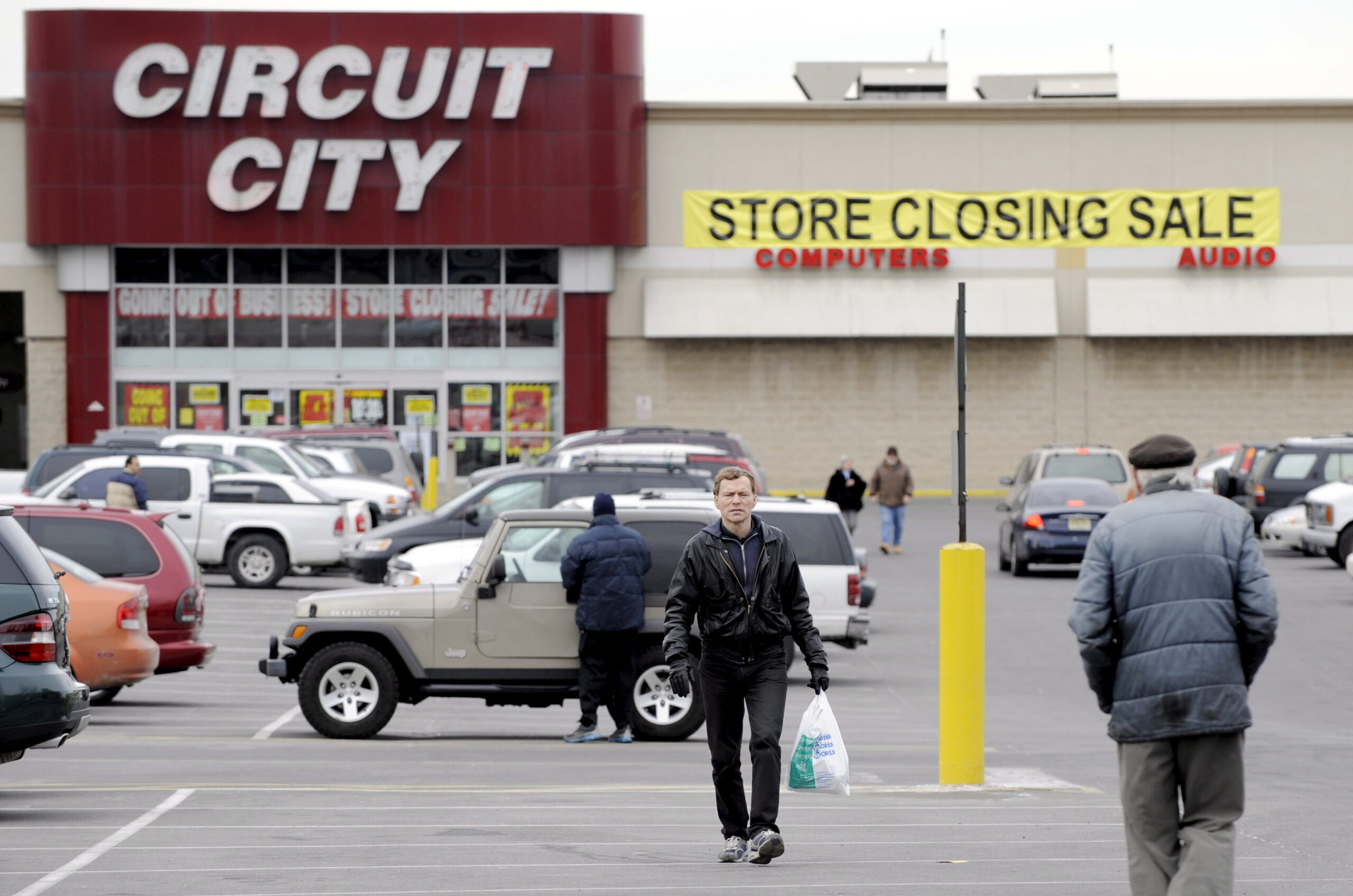
This electronics retailer filed for bankruptcy in 2008 due to increased competition from Best Buy and online retailers. It closed its stores in 2009.
13. Lehman Brothers:

This investment bank’s 2008 bankruptcy with over $600 billion in assets was the largest in U.S. history and a key event in the global financial crisis.
14. Enron:
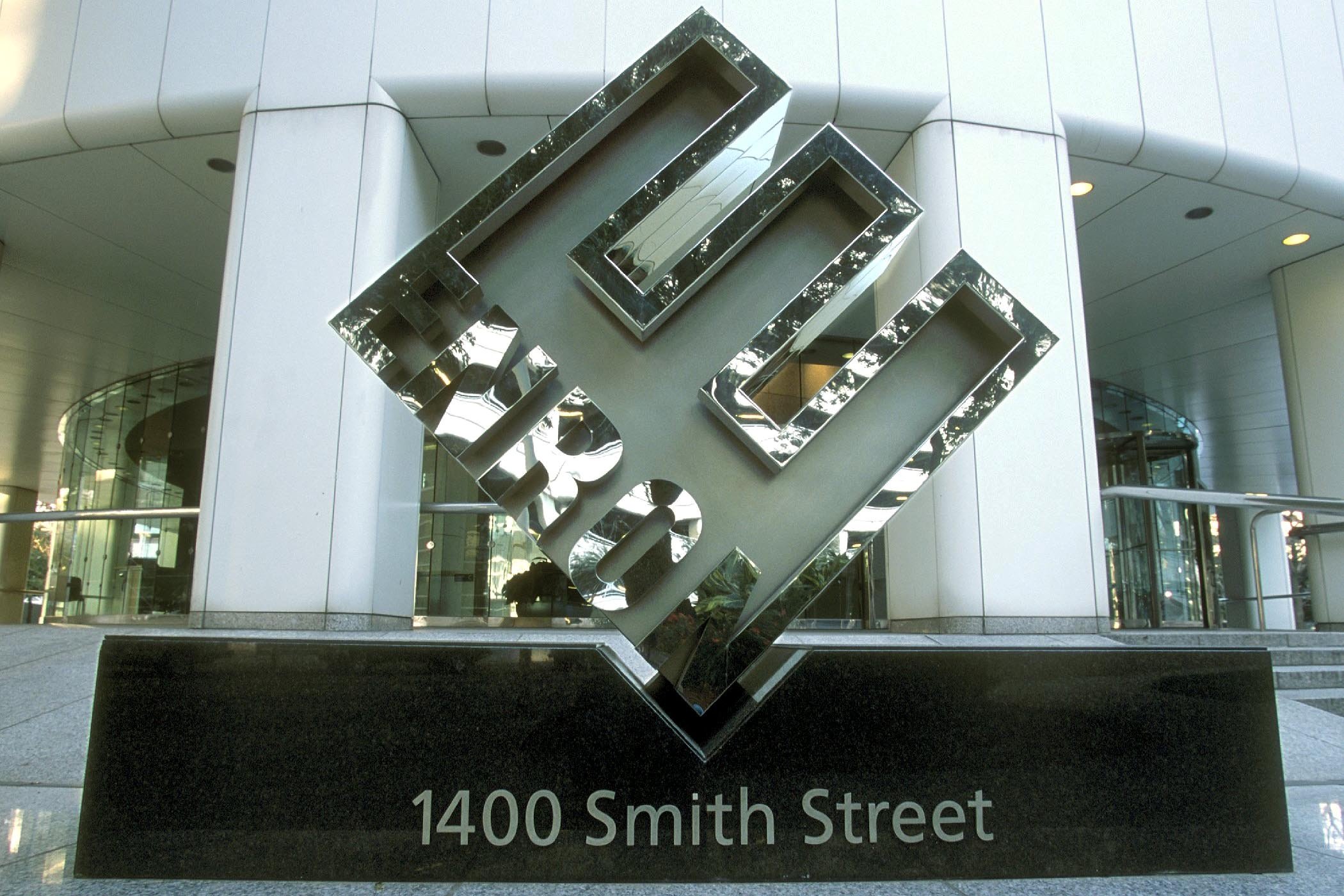
This energy company filed for bankruptcy in 2001 following an accounting scandal that remains one of the most notorious corporate fraud cases.
15. Blockbuster:
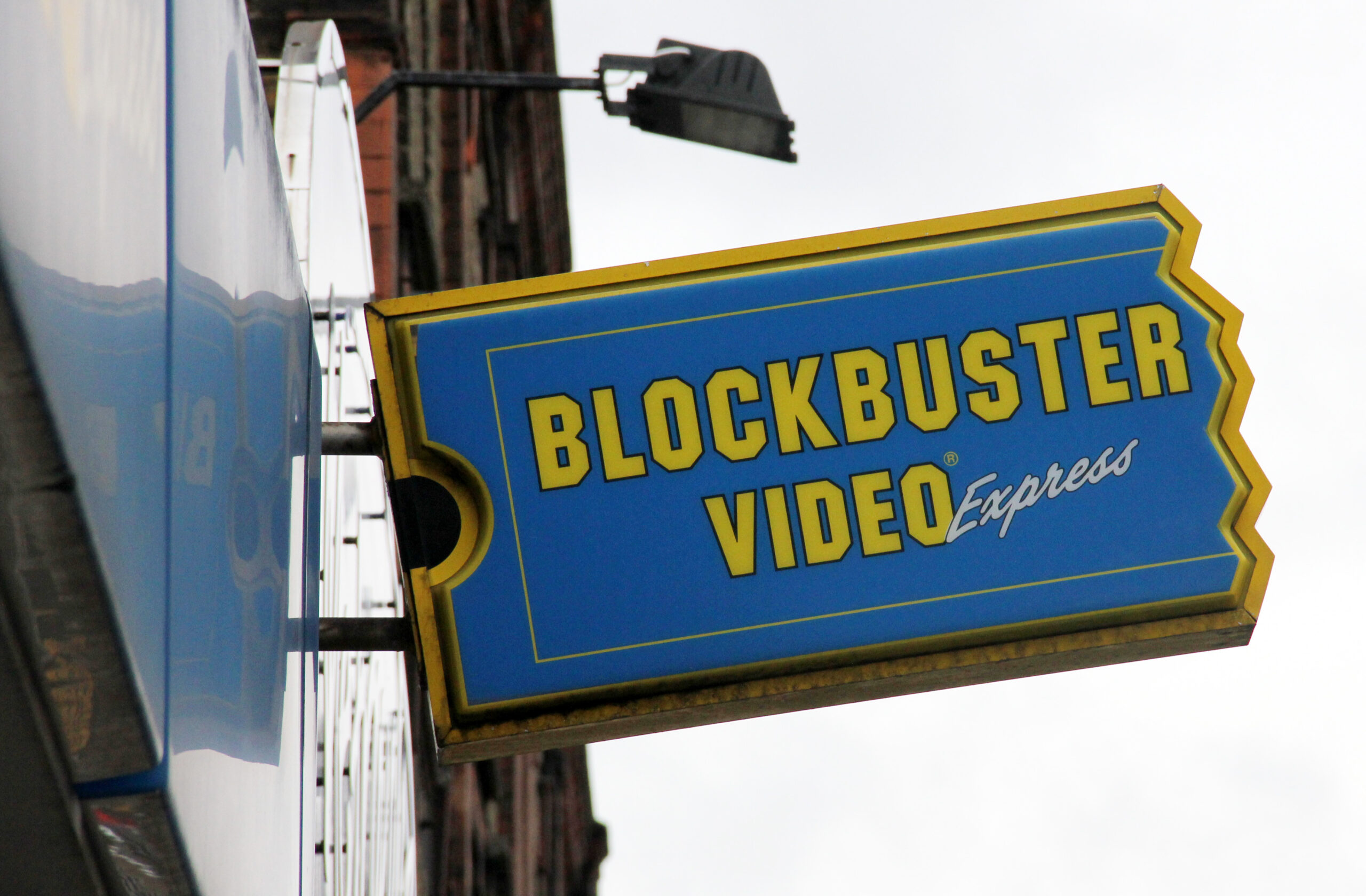
The video rental company filed for bankruptcy in 2010, a victim of the shift to digital streaming services. Most stores were closed by 2014.
16. Borders:

The book retailer filed for bankruptcy in 2011 due to increased competition from Amazon and other online retailers. It liquidated later that year.
17. RadioShack:
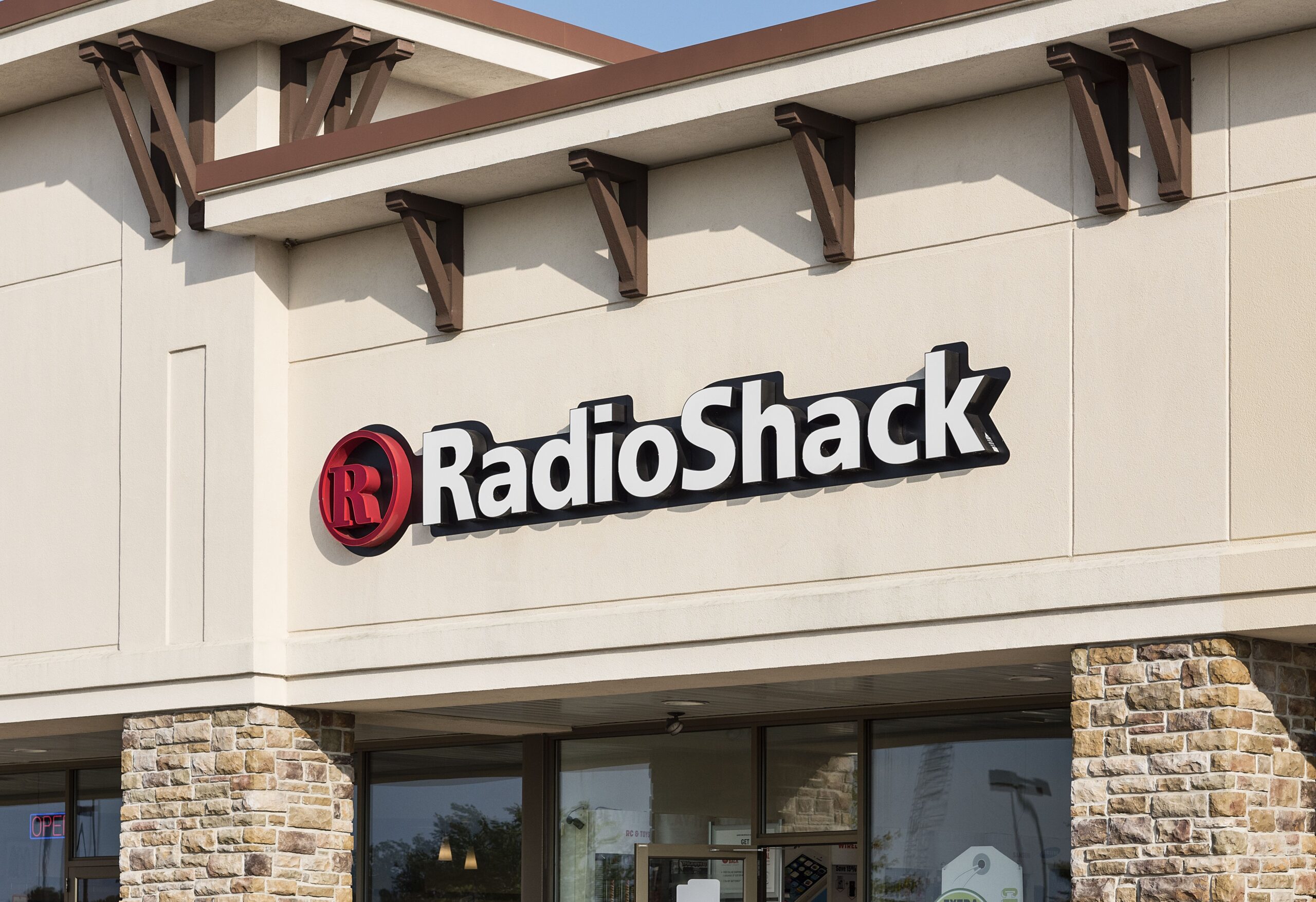
The electronics retailer filed for bankruptcy in 2015 and again in 2017, struggling to compete with online retailers and larger chains.
18. Hostess Brands:
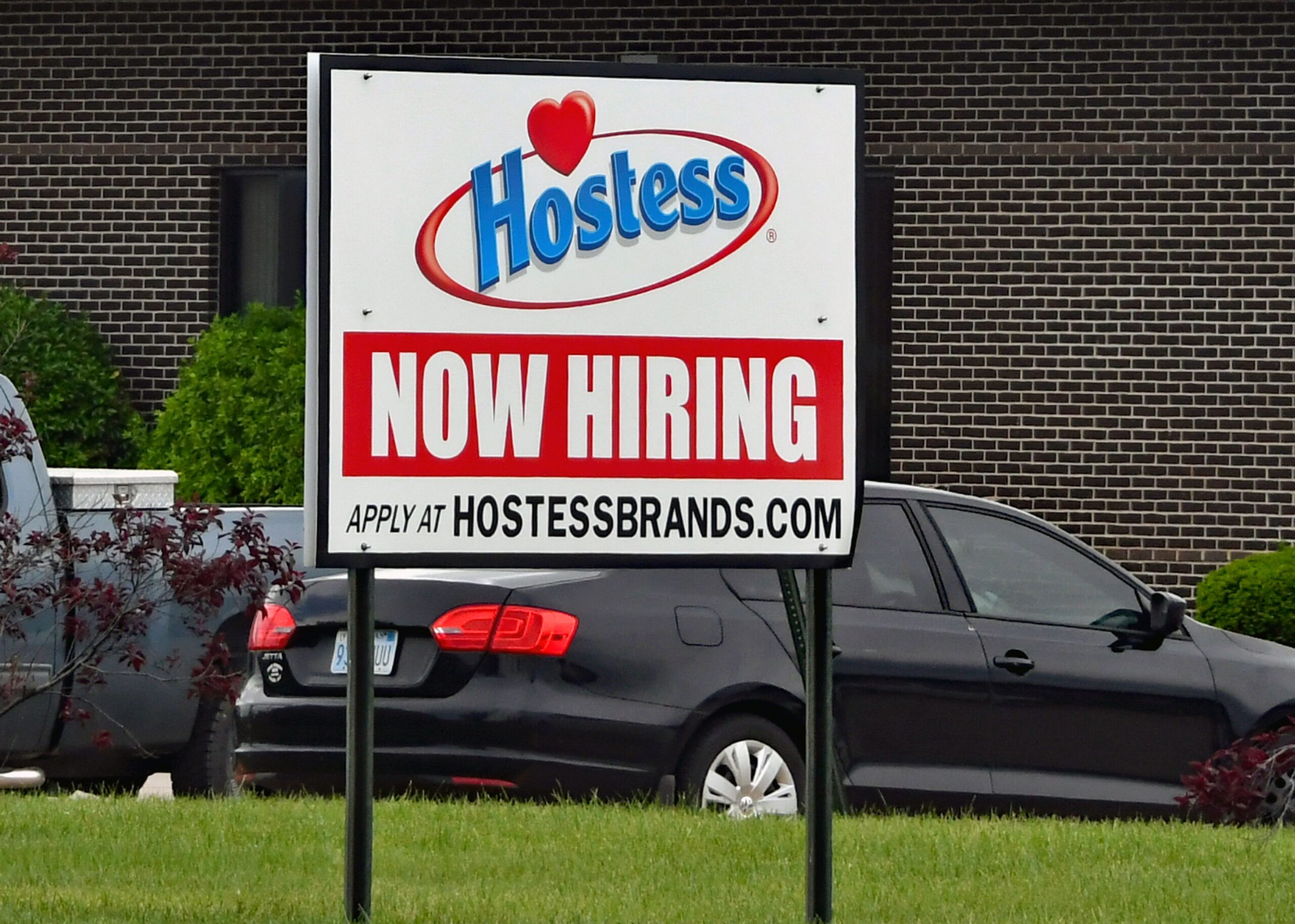
Known for Twinkies and other treats, Hostess filed for bankruptcy in 2012 due to labor disputes and changing consumer tastes. It was later bought and revived by private equity firms.
19. Sbarro:
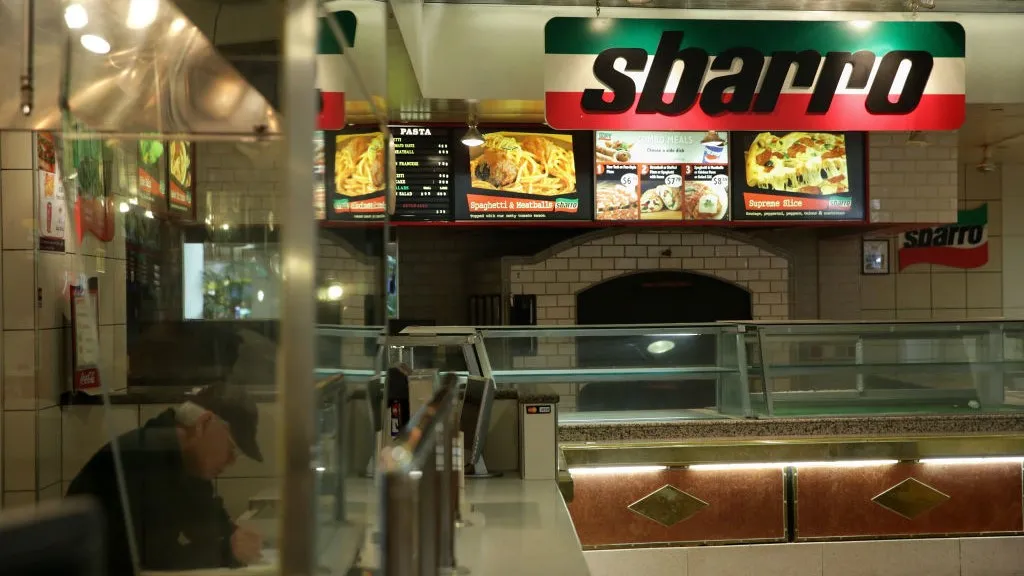
The pizza chain filed for bankruptcy twice, in 2011 and 2014, due to a large debt load and declining mall traffic. It has since restructured and continues to operate.
20. Sears:
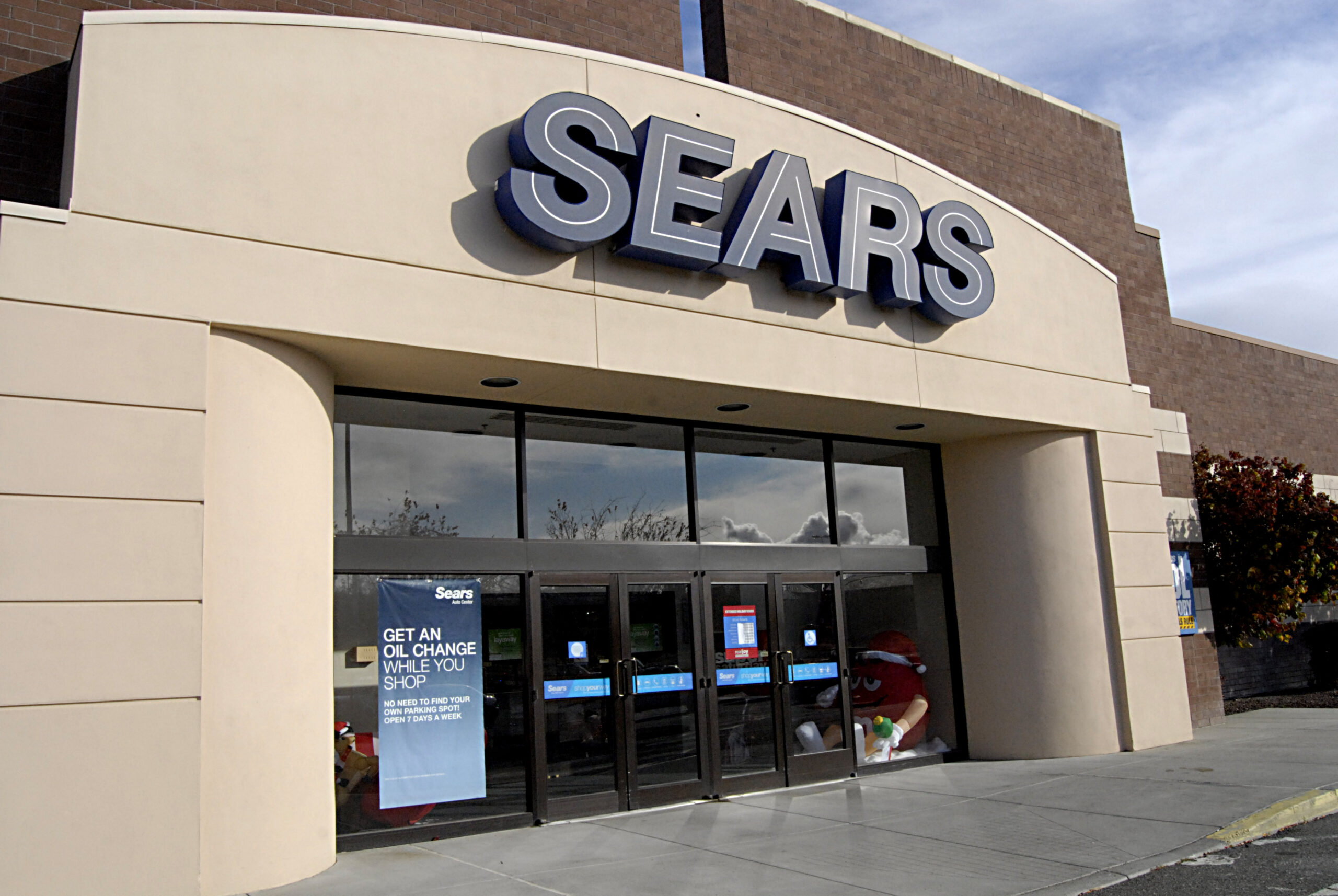
Once the largest retailer in the U.S., Sears filed for bankruptcy in 2018 due to years of losses and declining sales. It has since closed most of its stores.
21. Neiman Marcus:

The luxury department store filed for bankruptcy in 2020 due to a large debt load and the impact of the COVID-19 pandemic. It emerged later that year.
22. Hertz:
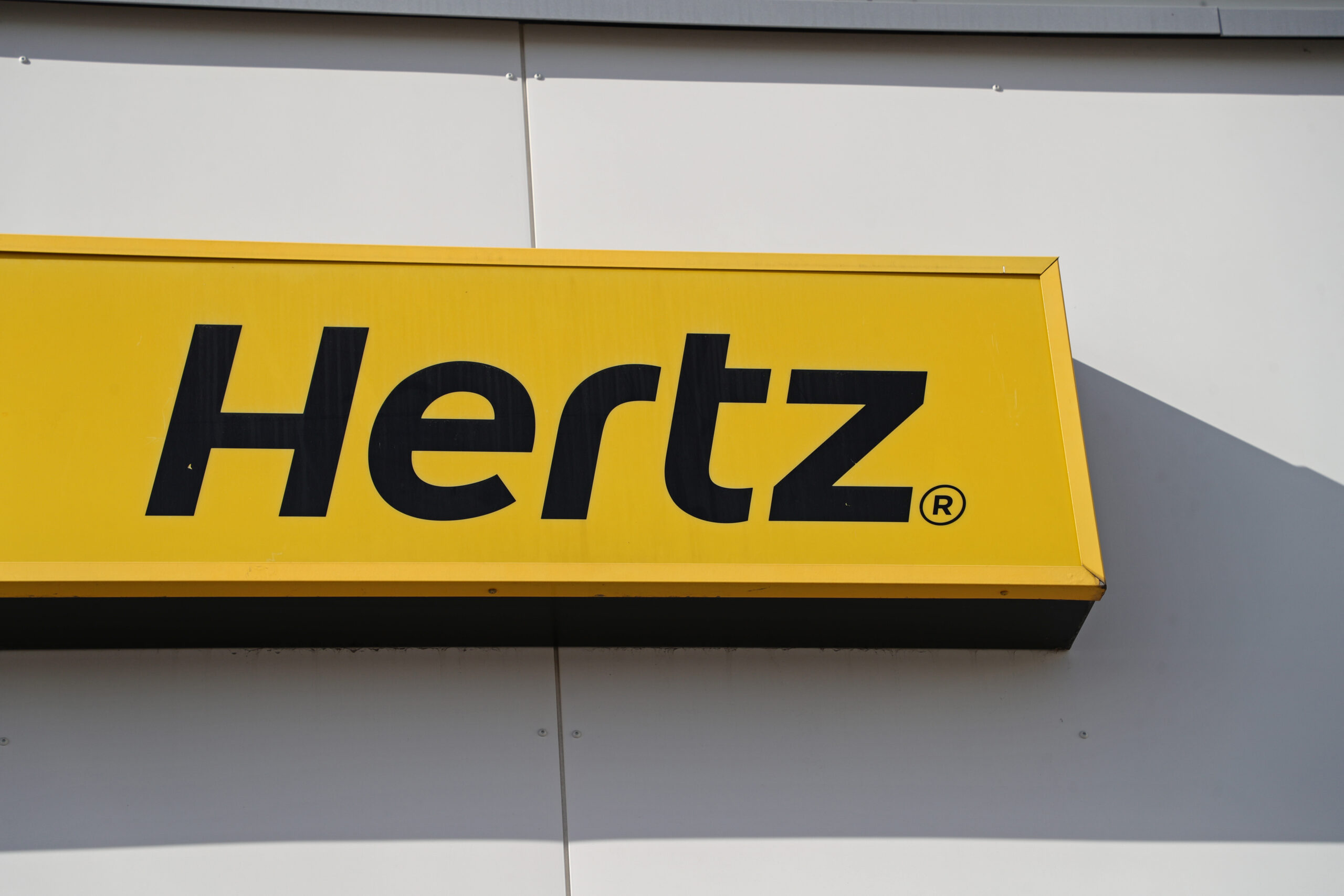
The car rental company filed for bankruptcy in 2020 due to a sharp travel drop due to the COVID-19 pandemic. It emerged in 2021 after a restructuring.
23. J.C. Penney:
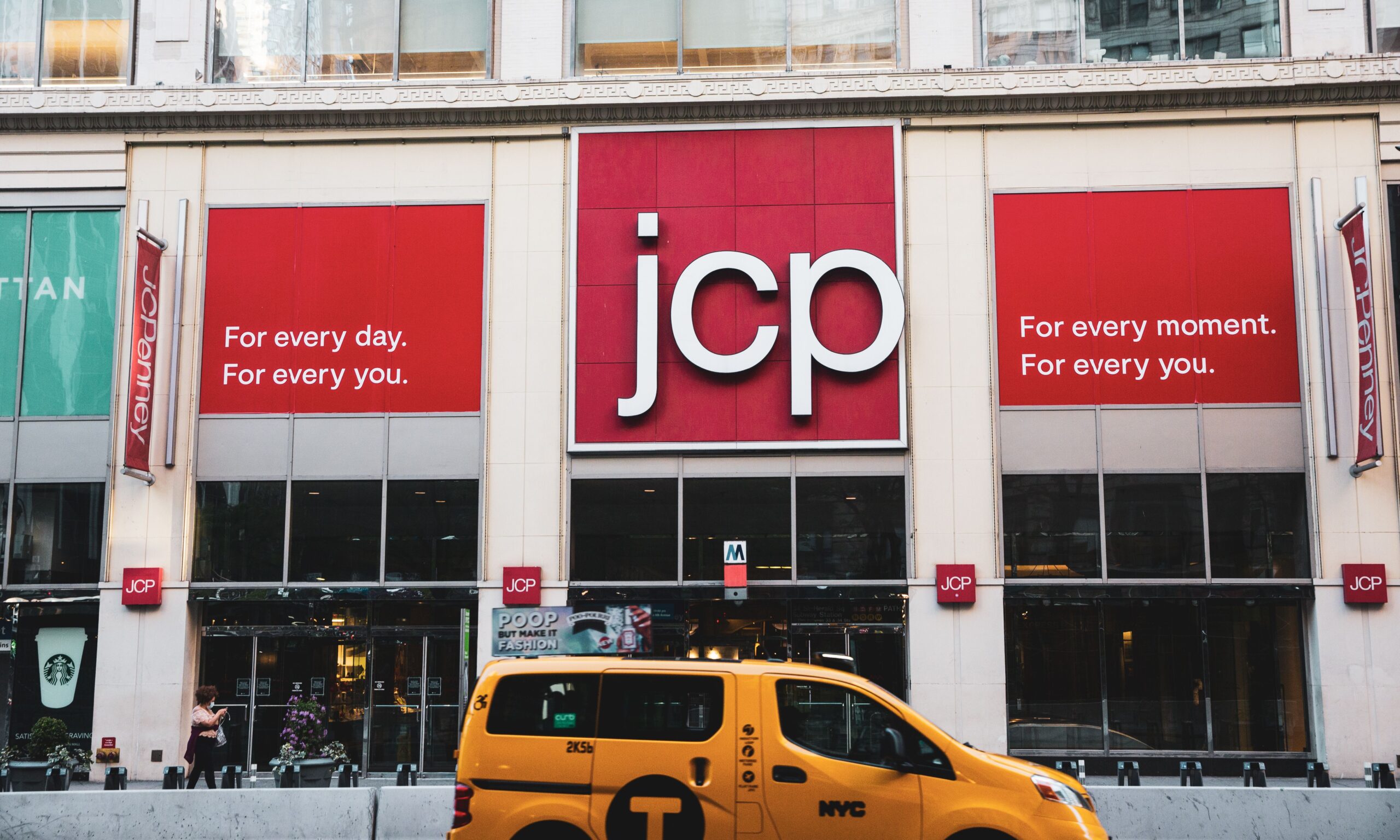
This department store filed for bankruptcy in 2020 due to years of losses and the impact of the COVID-19 pandemic. Later, mall owners Simon Property Group and Brookfield Asset Management bought it.
24. PG&E:

The California utility filed for bankruptcy in 2019 due to potential liabilities from wildfires in California. It emerged in 2020 after settling wildfire claims.
25. Gymboree:

The children’s clothing retailer filed for bankruptcy twice, in 2017 and 2019, due to a large debt load and increased competition. The Children’s Place later bought it.
26. Remington Outdoor:
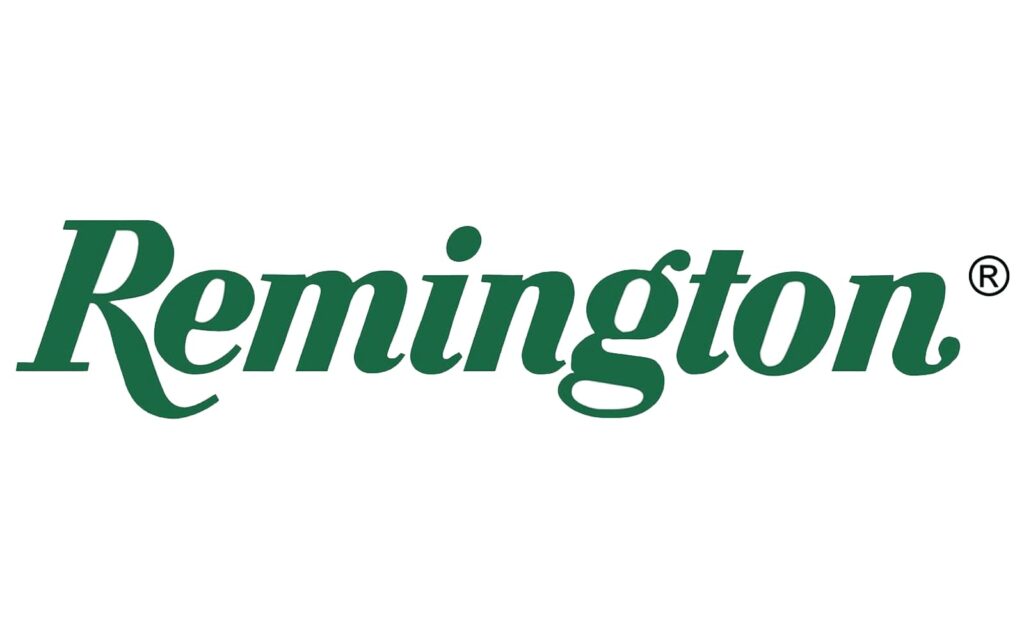
The firearms manufacturer filed for bankruptcy twice, in 2018 and 2020, due to a large debt load and declining sales. It has since sold its assets.
27. Payless ShoeSource:
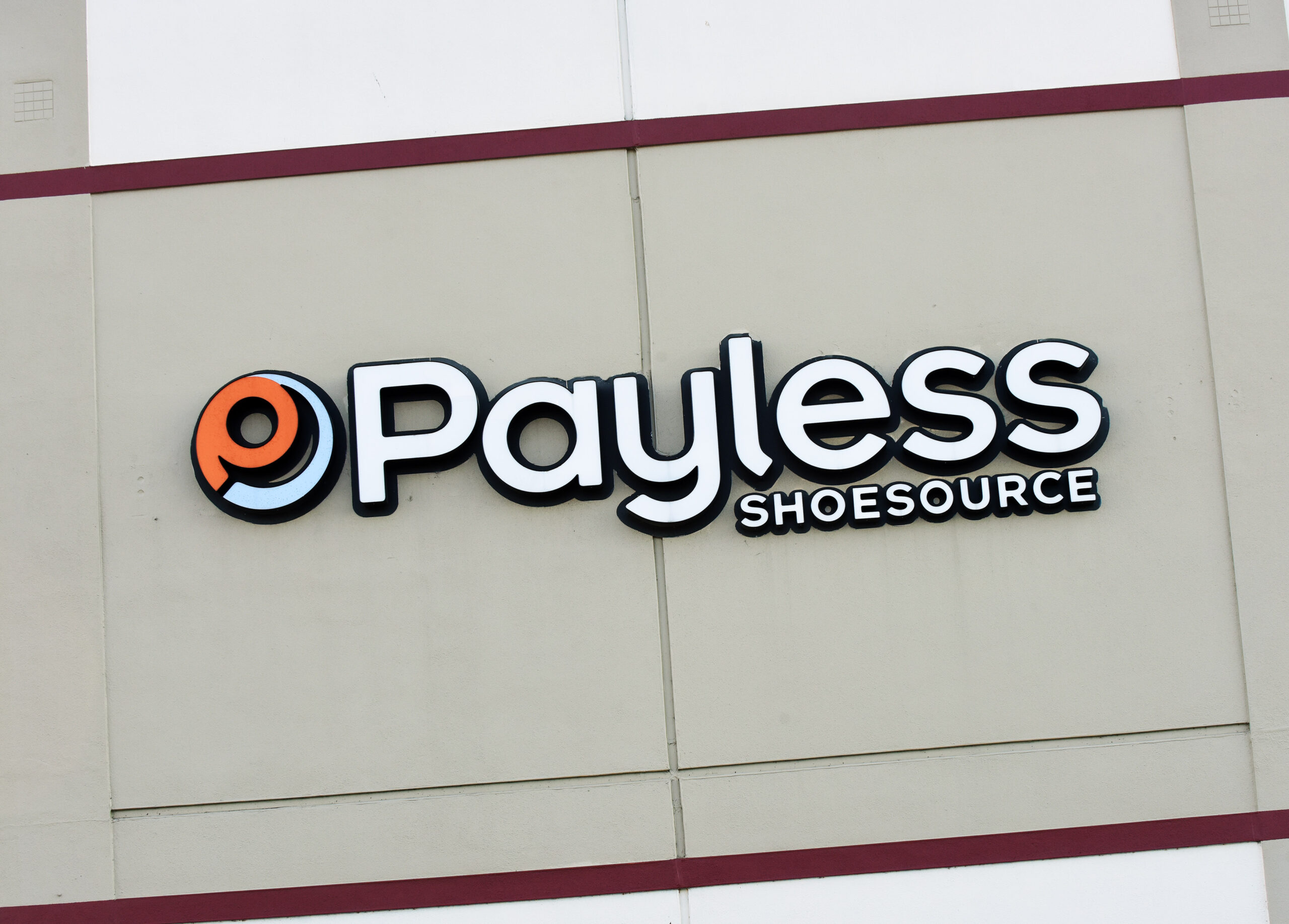
The discount shoe retailer filed for bankruptcy twice, in 2017 and 2019, due to a large debt load and increased competition. It has since closed its U.S. stores.
28. Forever 21:
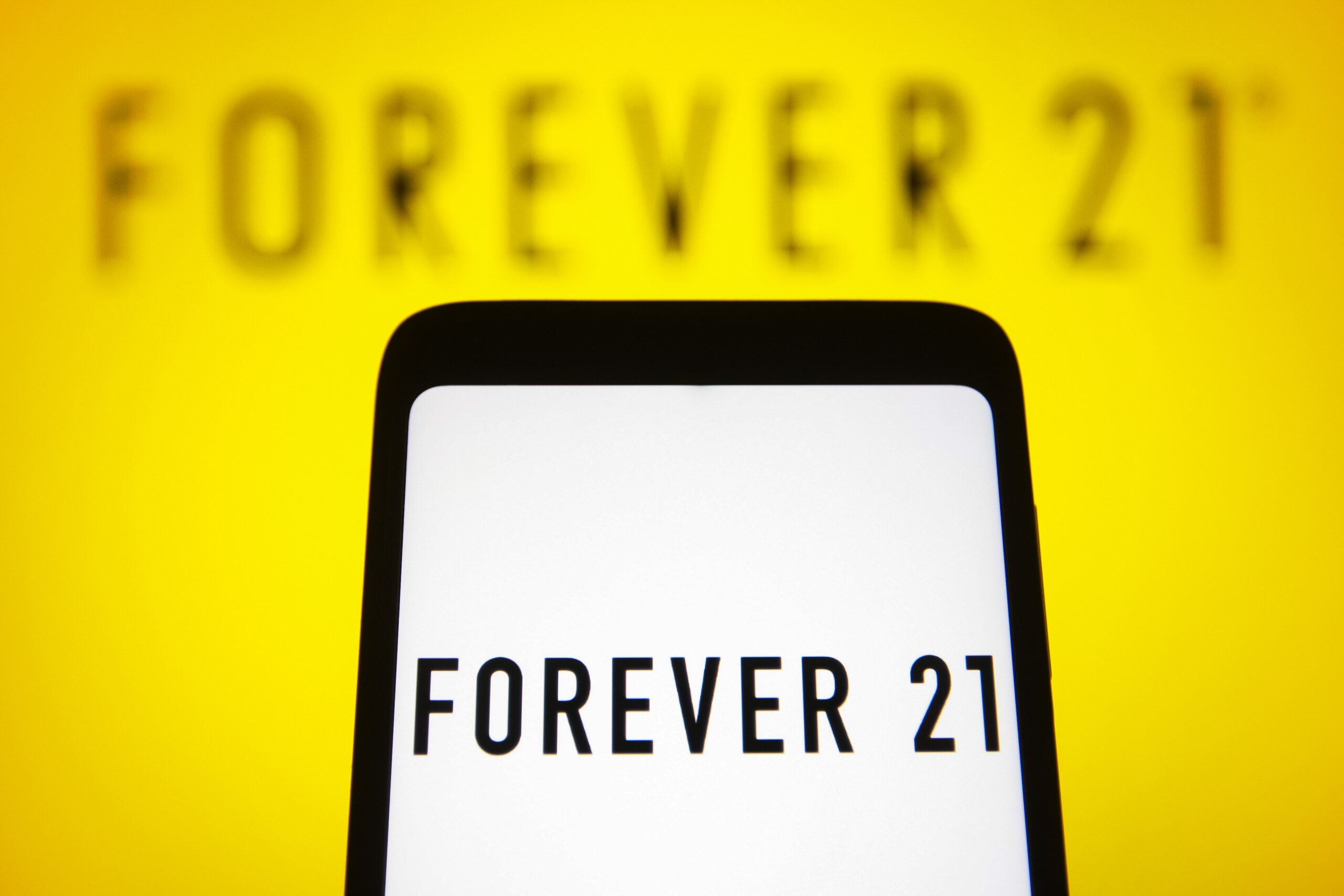
The fast-fashion retailer filed for bankruptcy in 2019 due to a large debt load and declining sales. Authentic Brands Group and various mall owners later bought it.
29. Pier 1 Imports:

The home goods retailer filed for bankruptcy in 2020 due to increased competition from online retailers and the impact of the COVID-19 pandemic. It later liquidated.
30. Chuck E. Cheese’s Parent Company:
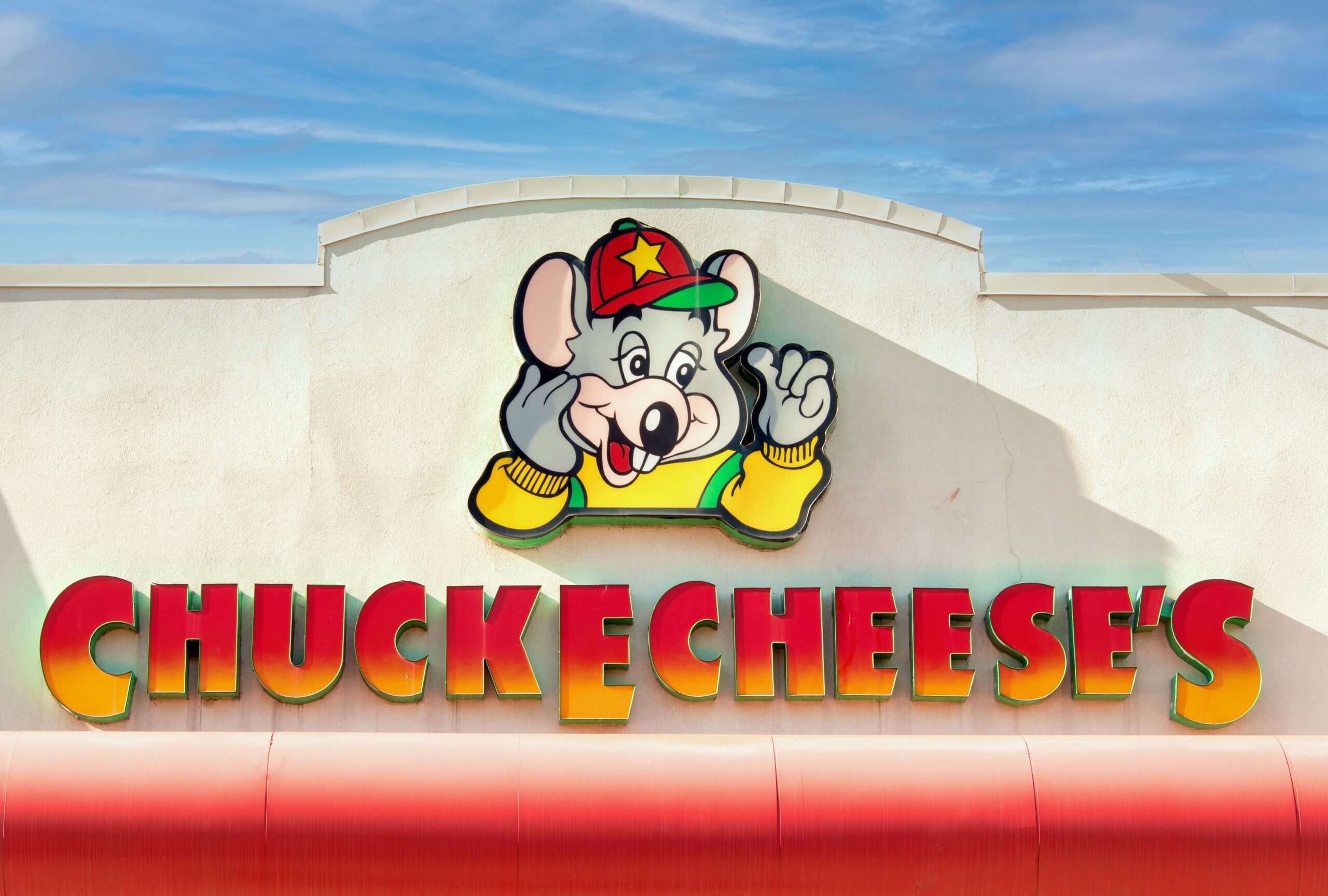
CEC Entertainment, the parent company of Chuck E. Cheese and Peter Piper Pizza, filed for bankruptcy in 2020 due to the impact of the COVID-19 pandemic. It emerged in 2021 after a restructuring.
31. Guitar Center:
The largest retailer of musical instruments in the U.S. filed for bankruptcy in 2020 due to a large debt load and the impact of the COVID-19 pandemic. It emerged later that year.
These instances of bankruptcy remind us that even the most successful businesses can encounter financial hardship. However, many have emerged from bankruptcy, often stronger and more resilient, demonstrating the potential for reinvention and recovery.



